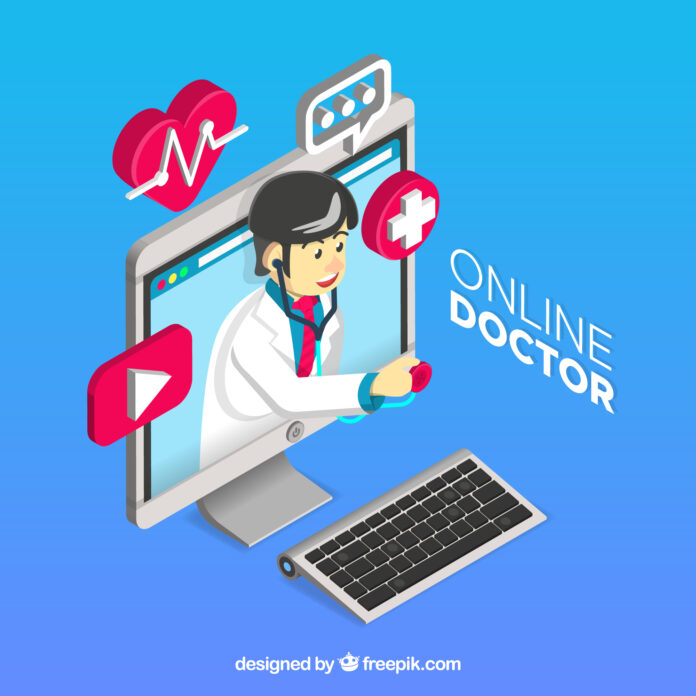Telemedicine has been a major influence in changing healthcare delivery in the digital age. This thorough investigation highlights the use of AI and cutting-edge technology to improve remote healthcare services while concentrating on the most recent developments in telemedicine.
The Evolution and Historical Context of Telemedicine
The history of telemedicine is intriguing; it began as a way to deliver healthcare in remote areas and has developed into a crucial part of contemporary healthcare systems. The COVID-19 pandemic-induced global health crisis hastened this development by highlighting the importance and effectiveness of telehealth solutions.
The Present Landscape of Telemedicine
Nowadays, telemedicine has solidified its position as an essential component of healthcare, providing a broad range of services from standard consultations to intricate diagnostic procedures. The use of telemedicine has significantly increased recently, according to statistics, highlighting its contribution to more affordable and accessible healthcare.
Breakthroughs in Telehealth Technologies
The field of telehealth technologies has seen a boom in innovation in recent years. These include sophisticated remote patient monitoring systems that track critical health metrics in real-time, as well as cutting-edge video conferencing capabilities that offer crystal-clear pictures and audio. This section will explore many innovative tools and their impact on patient care.

AI: The Game Changer in Telemedicine
The revolution in telemedicine is led by artificial intelligence. AI systems are increasingly used to diagnose illnesses, forecast patient outcomes, and even create personalized therapy regimens. AI has enormous potential to improve patient care and telemedicine’s operational effectiveness, and this potential only grows.
Revolutionizing Patient-Doctor Interactions
The higher caliber of interactions between patients and doctors is one of the biggest advancements in telemedicine. Improvements in technology have made virtual consultations more efficient and interesting, which improves patient outcomes. This section will examine how these technological advancements have enhanced patient interaction and allowed for more accurate diagnoses.
Synergizing Telemedicine with Digital Health Tools
A more seamless and all-encompassing healthcare experience is being produced by the integration of telemedicine with other digital health technologies, such as wearable health technology and Electronic Health Records (EHRs). A more comprehensive approach to patient care and seamless data flow are made possible by this synergy.
Overcoming Challenges: Accessibility and Security in Telemedicine
Telemedicine has many advantages, but it also has drawbacks. Two major ones are making it universally accessible and protecting patient data. However, recent developments are tackling these issues head-on with improvements in data security and encryption, along with initiatives to increase underprivileged populations’ access to telemedicine.
Envisioning the Future of Telemedicine
There is a lot of promise for telemedicine in the future, including the incorporation of increasingly more sophisticated AI-driven systems and the potential for virtual reality consultations. This section will examine forecasts and professional perspectives regarding the ways in which telemedicine will develop further and impact healthcare in the future.
Conclusion
The developments in telemedicine represent a paradigm shift in healthcare delivery, bringing about increased accessibility, efficiency, and patient-centeredness. The potential for remote healthcare services is growing as AI and technology advance, pointing to a time when everyone will have access to high-quality healthcare.






